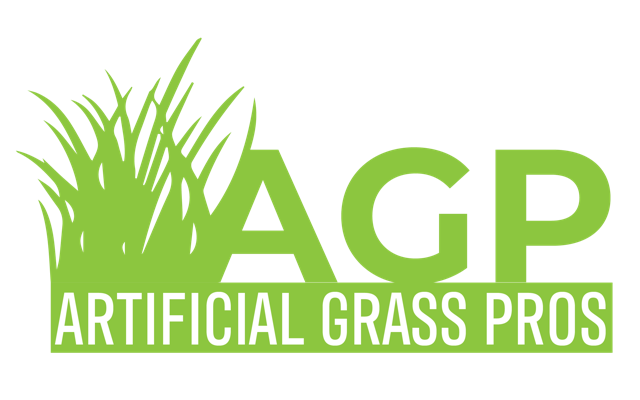Synthetic turf, commonly known as artificial grass, has evolved dramatically over the years to become an incredibly popular alternative to natural grass for both residential and commercial properties. The versatility and low maintenance nature of synthetic turf make it an appealing option, but with so many varieties and specifications available, how can one make the right choice for their project? This blog post is here to explore the different types of synthetic turf, their benefits, and how to find the perfect match for your needs.
Blog Body:
- Landscaping Turf
Landscaping turf is perhaps the most popular type of synthetic grass. Designed to replicate the aesthetics of a lush, green lawn, landscaping turf is perfect for residential and commercial landscapes and gardens. This type of turf is available in various shades of green and with varying pile heights to accommodate the desired look and feel. Landscaping turf is treated with UV protection to ensure its color remains vibrant and withstands the effects of sun exposure. - Pet Turf
Pet owners often prefer to install pet turf over natural grass for its low-maintenance and durability qualities. Pet turf features unique characteristics such as optimal drainage systems that help control odors associated with pet urine, shorter pile heights for easy maintenance, and antimicrobial agents to prevent bacteria and germ growth. Most pet turf is designed to withstand the wear and tear of pet usage and, as a bonus, keeps their paws clean (and your house, too!). - Sports Turf
Sports turf is specifically designed for use in sporting facilities, fields, and stadiums. It offers a great alternative to natural grass, which requires extensive maintenance and gets damaged by heavy foot traffic during games. Sports turf is available in various styles, each tailored to a particular sport, such as soccer, football, golf, tennis, and more. This turf often has rubber or sand infills, which provide shock absorption and traction for athletes, reducing the risk of injury and enhancing player performance. - Playground Turf
The primary concern associated with playgrounds is the safety of children. Playground turf boasts features such as shock-absorbing underlayments that help reduce the risk of injury in case of trips or falls. In addition, this type of synthetic grass is designed to be exceptionally durable, while offering a comfortable and clean play area for children. Playground turf can also be easily customized with various colors, creating a fun and engaging environment. - Decorative Turf
Lastly, decorative turf is specifically designed for use in applications such as rooftop gardens, patios, terraces, and pool surrounds. This type of synthetic grass is usually very low-pile and easy to install. It’s ideal for adding a touch of greenery to a small area or for creating unique outdoor designs. Decorative turf adds visual appeal while requiring little maintenance but usually lacks the cushioning and plush feel of other turf types.
In summary, the world of synthetic turf has grown immensely, offering a wide range of options and benefits for various applications – landscaping, pet areas, sports, playgrounds, and decorative purposes. It is essential to carefully consider your specific requirements and specifications when selecting the perfect turf type for your project. Understanding the unique features of each type of synthetic turf will not only help you find the right match but also ensure that your investment stands the test of time and adds value to your property. Happy turf hunting!
Look into our other blogs to learn more today!

Recent Comments